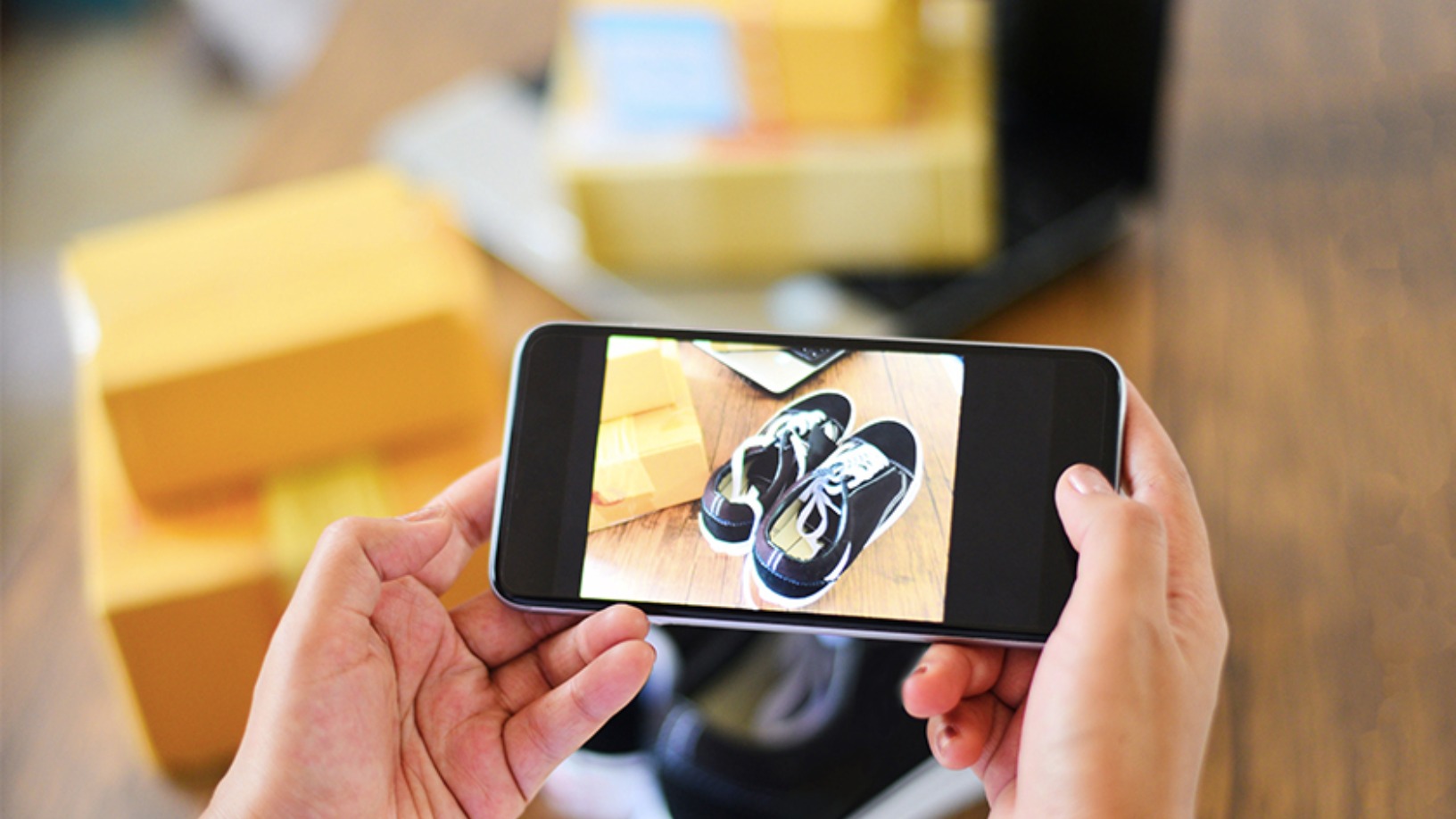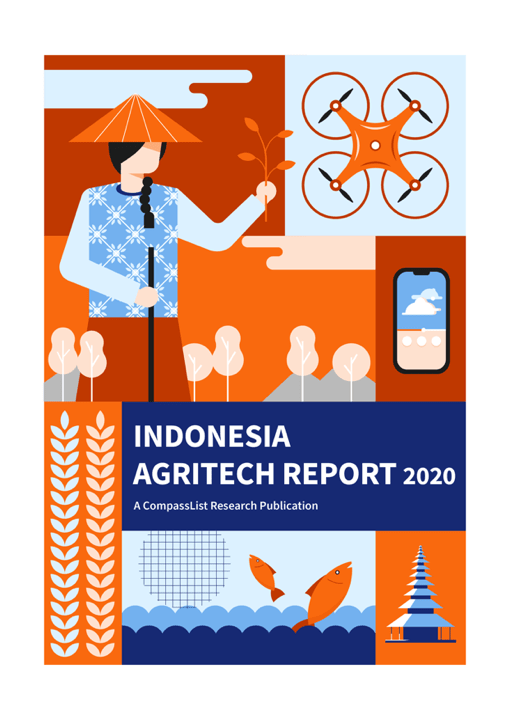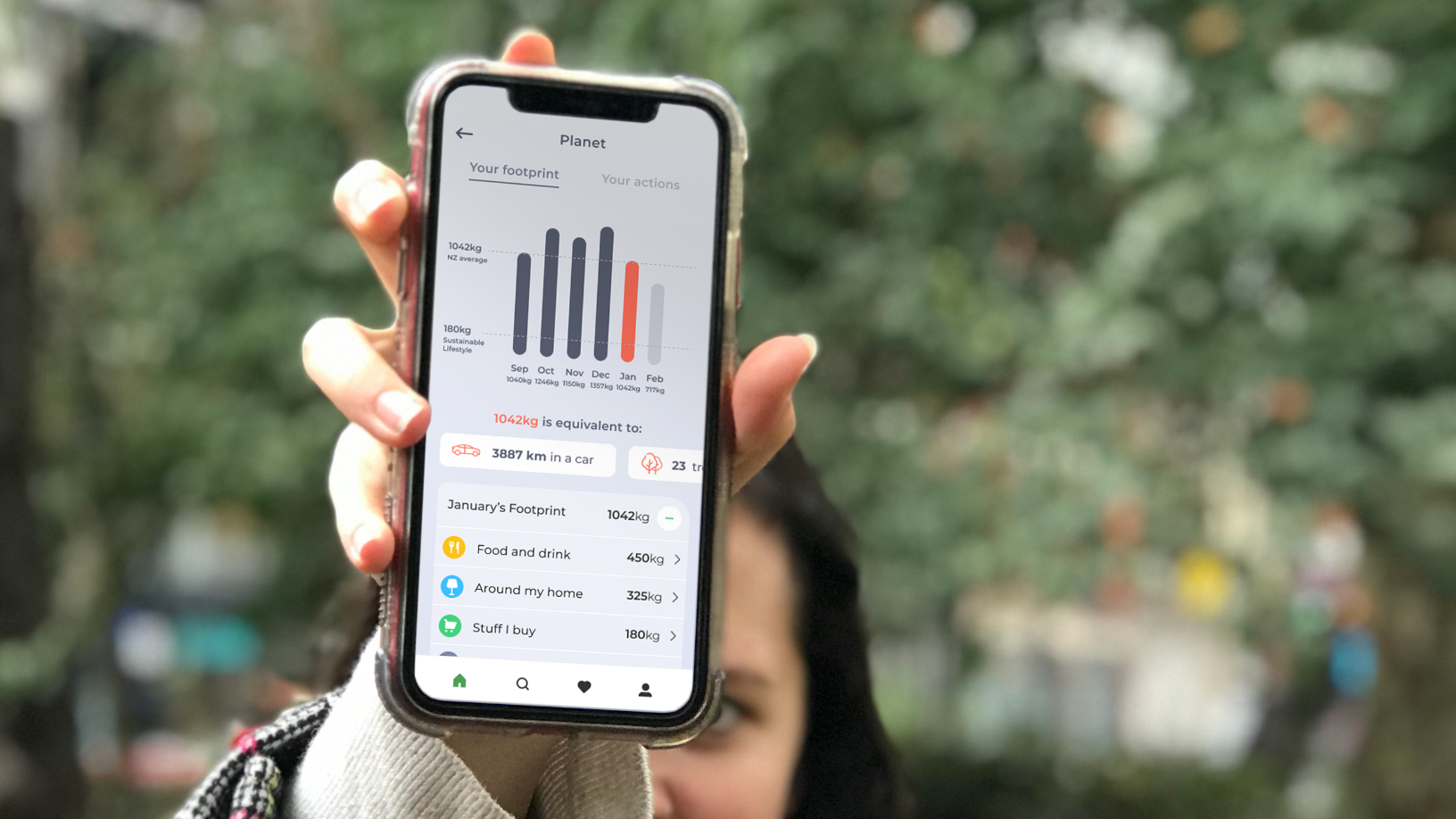When GetGo launched its cashierless kiosks in January 2020, the startup had big plans. Replicating Amazon Go’s model of cashierless stores, GetGo offered offices and co-working spaces in Jakarta cashierless kiosks that automatically recognized items taken from shelves and charged customers the right prices.
Unfortunately, Covid-19 began spreading in Indonesia. In mid-March, non-essential offices and co-working spaces had to close their doors as employees worked from home. GetGo’s kiosks were suddenly obsolete. The founders, however, were undeterred. Former adtech executive Erdian Tomy and AI researcher Andika Rachman salvaged the computer vision engine they had developed for the kiosks and turned it into a new product.
Now, GetGo is offering a visual search engine for e-commerce fashion platforms. Customers are able to upload images of the outfit they are searching for and the AI finds the closest match available. By taking the hardest part of online fashion shopping out of the picture, GetGo can help online fashion retailers secure more sales – especially important today when customers are holding back on non-essential spending.
CompassList spoke to Tomy to learn more about the technology behind this concept and the challenging process of pivoting in a matter of months.
This interview has been edited for length and clarity.
How did GetGo start out?
GetGo was incorporated in July 2019 and we commercially launched our cashierless stores in January 2020. GetGo is basically retail AI as a service. We provide retail solutions that leverage AI. When we first launched, it was in the form of cashierless stores inspired by Amazon’s grab-and-go cashierless stores. We made a smaller version that could be placed inside offices and co-working spaces.
Unfortunately, this meant that when the offices closed in mid-March, we had to suspend these stores, too. We decided to focus on the image-recognition software aspect of our previous product to solve other problems offline or online.
Once we decided on visual search for fashion, we developed a plugin for e-commerce platforms to use. Customers can upload images to the website and the engine will provide recommendations of products that are closest to the ones in the image provided. It could even be the exact same product if the AI is trained sufficiently. The AI can detect outfit tops and bottoms and match them with existing stock, directing customers to the item they’re looking for.
Has this product been launched?
We launched it in mid-May. We’re still in confidential talks with an e-commerce aggregator and two e-commerce fashion platforms, as well as an e-commerce OS enabler. Unfortunately, we cannot reveal their identities yet as we are still discussing technical implementation.
When will you announce GetGo’s first user/client?
We are already in the integration phase where we are synchronizing the databases and training the AI. But we are focusing on sustainability. Being B2B, we might be subject to NDAs that will prevent us from announcing that they are using our tech. For now, there are no such NDAs, but we still need to be careful. We are refraining from announcing until they launch the service to their customers.
What’s the success rate of your product based on initial testing?
We are confident enough to guarantee an 85% match rate. However, success depends on how good the dataset is and how well we train the AI. We can guarantee this rate based on our test data. Right now, however, we expect some problems with colors.
The machine learning system that we use is based on neural networks so it’s a bit of a black box. Sometimes we don’t know what the output is going to be like after training. However, using neural networks is important for scalability. When more people use our platform, it can help us train the AI.
When we developed the cashierless stores, we had to build our own datasets and it was quite troublesome. What we did was train our AI using synthetic data. It’s not a dataset developed from labeled photos of authentic items (in our case, it would be shelves and items in the real world), but something we made in a photo studio by taking pictures. Using the photos of these things, we were able to generate a dataset to train our AI with. Now, we focus on building up the fundamentals so that the AI can be trained efficiently and be effective regardless of the photo size and quality submitted by the users.
What we did was train our AI using synthetic data, something we made in a photo studio by taking pictures
You had to pivot fast from your first product.
On one hand, I am still not satisfied. People say we are doing this really quickly, especially when we only have five engineers on the team, but I wanted to focus on profitability and business sustainability through our initial product. On the other hand, I cannot complain because we managed to put this out there when our initial product had to be suspended due to the pandemic.
The visual search is developed from just one layer of features that we built for the cashierless kiosk technology. There are many parts to the computer vision technology that we used and we made use only of the visual comparison engine. In our cashierless kiosks, we used visual recognition AI to detect the customers’ hands, the shelf they were reaching into and which object they were picking up. This time, we are only using the visual comparison part of the system.
Did your experience in the advertising industry inform how you developed your product and how you pivoted?
In the adtech industry, you make money by knowing who the customers are and what they do. When you shop online, the platforms have records of who you are and what you buy, so they can serve ads that are the best fit for you. What I want to do is to replicate that in offline settings so brands can provide personalized services and promotions to their customers just as they do online. That was what I wanted to do with the cashierless kiosks.
The same goes for our visual search engine. I wanted to reduce the biggest friction in online shopping, which is searching for the products people want. In fashion retail, most sales happen offline because people can see, touch, and try the items. In e-commerce, there’s a lot of uncertainty about size and fit.
Another layer of complication is search. It can be hard to find the item that matches your expectations using only keywords. We think that this is a pain point that we can address with visual AI.
Back in February, when you were just launching your first product, you joined the fourth batch of Gojek Xcelerate. How was your experience there?
We are happy to have joined the program, especially since we were the only one serving a product for offline commerce in the batch. Our first product was not one for end-users, but a platform to help people sell directly to consumers in offline settings, as Shopify does online.
We ended up not being able to continue the product that we presented in the accelerator, at least for now. Fortunately, the network we joined after enrolling was very helpful and the others helped us brainstorm regularly.
We eventually decided to expand our product to something new and more relevant – more in line with the e-commerce approach that the other participants presented. It just so happens that roughly 60% of the brands that joined in the accelerator were fashion brands so they were heavily affected by the pandemic, too, as everyone delays non-essential purchases. We decided to make something to solve problems in fashion e-commerce, which was severely affected by Covid-19. We need to make the shopping experience more frictionless and replicate the offline experience somewhat in order to make each purchase easier.
So GetGo is looking to serve clients in the fashion e-commerce industry.
For now we are focusing on fashion, but we are planning to branch out into furniture soon. The clients will be from the e-commerce industry, but we can definitely develop for offline settings as an expansion from our cashierless product. The key is businesses focusing on a single category of items rather than open marketplaces.
I wanted to reduce the biggest friction in online shopping, which is searching for the products people want
Has GetGo raised any investment before?
We are bootstrapped so far, using the savings I set aside to start a company. To be honest, we struggled a lot early this year because we had planned to close a funding round in 1Q this year. Due to Covid-19, we had to postpone that plan.
What kind of investor is a good match for GetGo?
The investors should be people who really understand technology. We don’t really expect investment from people in the finance industry, especially because we don’t have traction yet. We will probably work better with investors who have had experience in tech or the retail field, who will understand the promise of our product. On the other hand, we’re still very early stage so we are probably not going to get investment from VCs. Rather, our investors will likely be individual angel investors or strategic partners.
Suppose GetGo got a cash injection of $1m. How would the funds be allocated?
We would focus on developing the product – 60% of that money would go there and 30% would go to increasing headcount. Hiring people in the AI field is not easy. We are considering various possibilities, including hiring a remote team overseas. The rest would go to office and marketing expenses.
What kind of talent will you be seeking?
Most definitely AI engineers, because we want to improve our technology to work faster and in more contexts. In addition, as a marketing guy, I understand the importance of communication and messaging. I hope to hire designers who can improve the user experience for customers when it comes to onboarding the clients and educating the end-users. For the cashierless kiosk, designers might work to help better integrating the kiosk into private spaces. There’s still the possibility of bringing this product back to the market.











